The umbilical cord is the link from you to your baby that delivers all the essential nutrients – and it’s amazing! Once your baby is born it will be time for the umbilical cord cutting, but before that, here are 11 things you definitely didn't know about the umbilical cord...
Umbilical cord facts
 1 of 11
1 of 111) Most of them are twisted
The cord naturally coils into the shape of a spring as it grows – only 5% of normal cords don’t do this. Left twists outnumber right twists by seven to one.
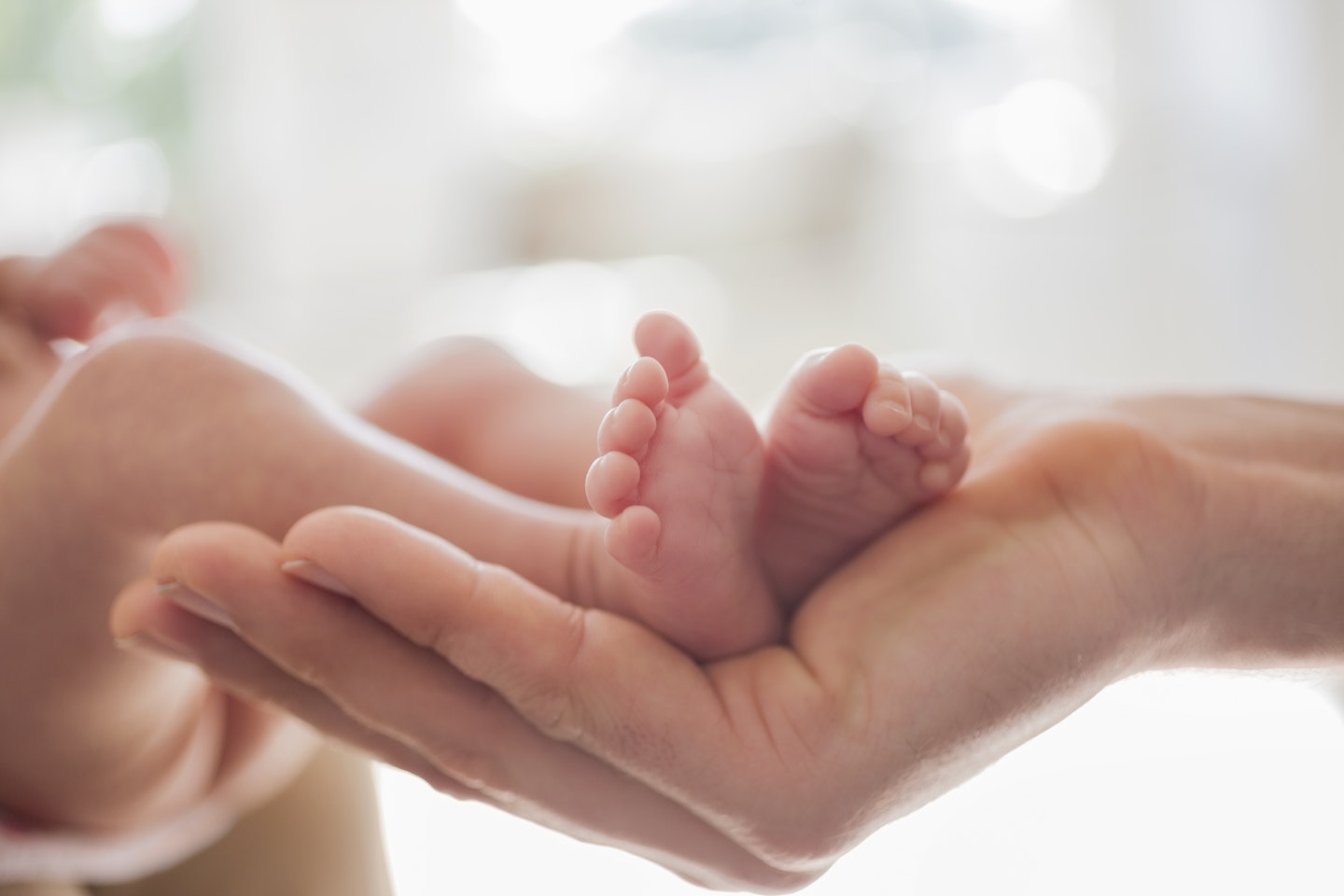 2 of 11
2 of 112) It varies in length
The average length of the umbilical cord of a full-term newborn is between 50 and 60cm, but can range between 19 and 133cm. Babies who are more active, particularly in the second trimester, tend to have longer cords.
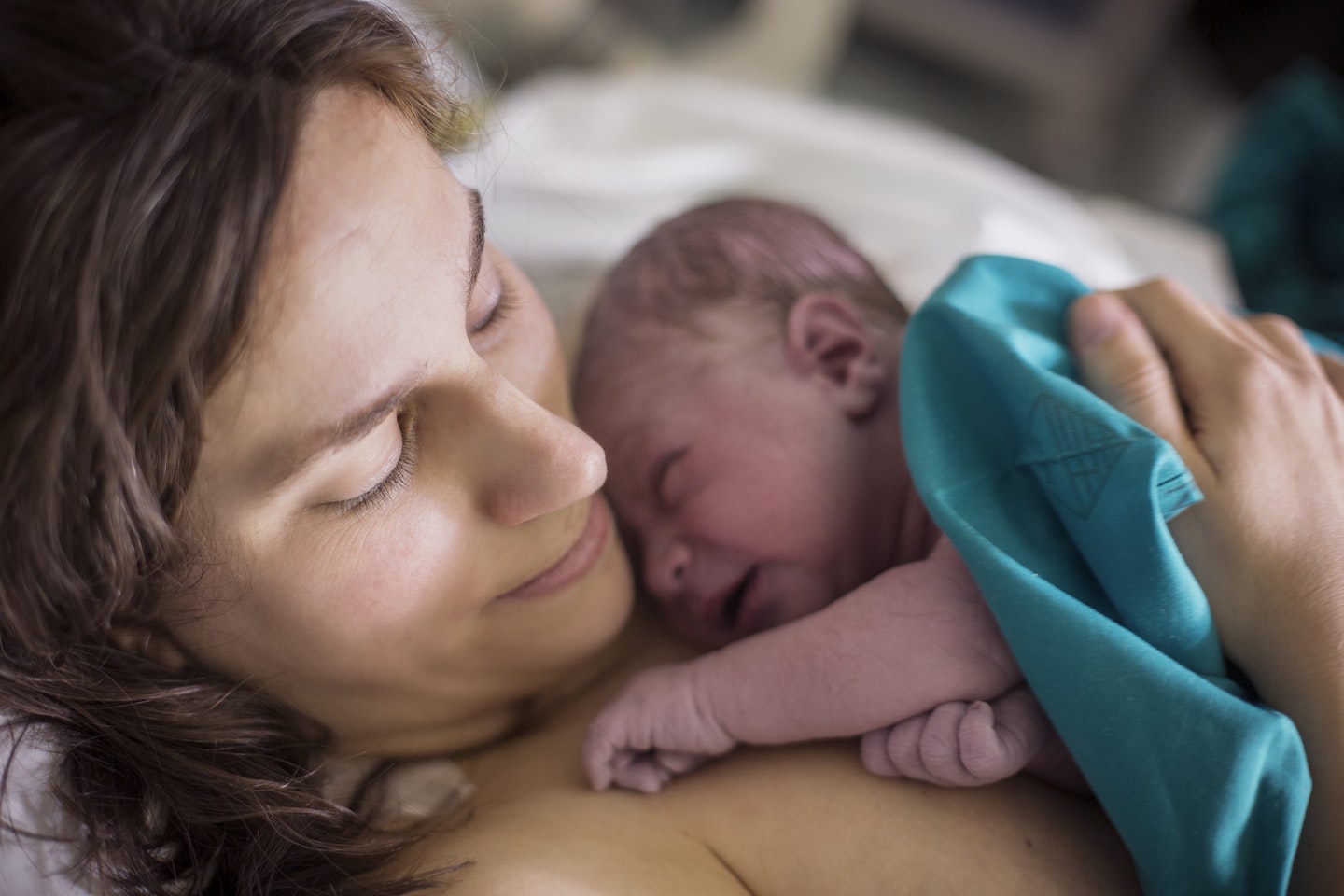 3 of 11
3 of 113) It’s full of jelly
Wharton’s jelly, to be exact. This protects the veins and arteries inside from being squashed or creased.
 4 of 11
4 of 114) It might get tangled
A third of all babies are born with the cord tangled somehow, often around their neck. But it doesn’t usually cause any problems. If there is an issue, it’s not the neck being squeezed by the cord, as many mums-to-be fear, but that the oxygen-carrying cord is compressed. This is quickly identified as the baby’s heartbeat is monitored during labour.
 5 of 11
5 of 115) It’s your baby’s lifeline
Your baby is like a deep sea diver, wholly reliant on an outside source for her oxygen supply. The cord houses one vein that carries nutrient-rich, oxygenated blood to your baby, and two arteries returning deoxygenated blood and waste products.
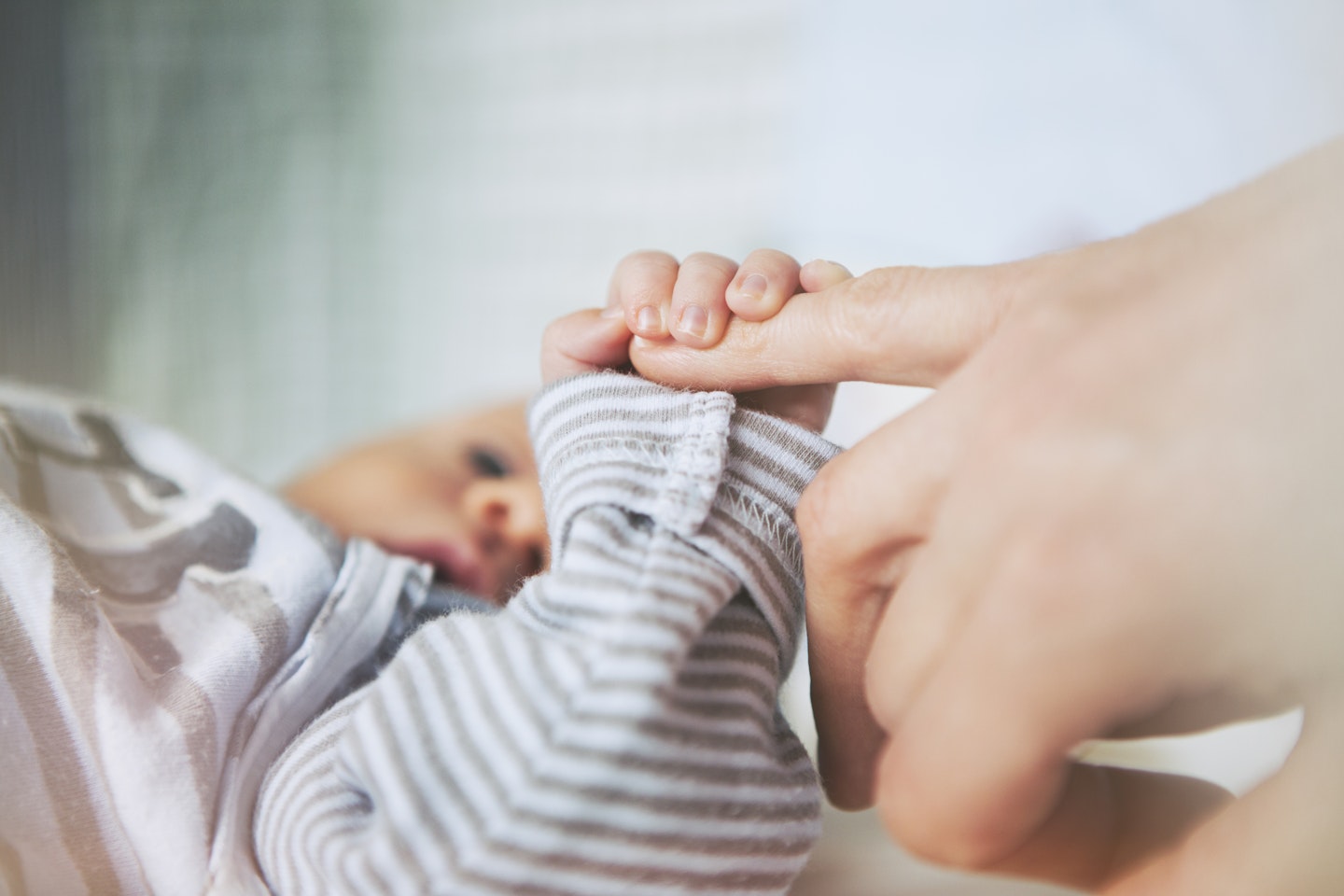 6 of 11
6 of 116) When it’s clamped can make a difference
Many experts now believe it’s beneficial to wait until the umbilical cord has stopped pulsing blood into the baby before clamping it. Delayed cord-clamping has been linked to higher levels of iron in older babies (low levels are linked to possible cognitive impairments). So, as long as both you and your baby are well immediately after the birth, you might want to consider delaying clamping the cord.
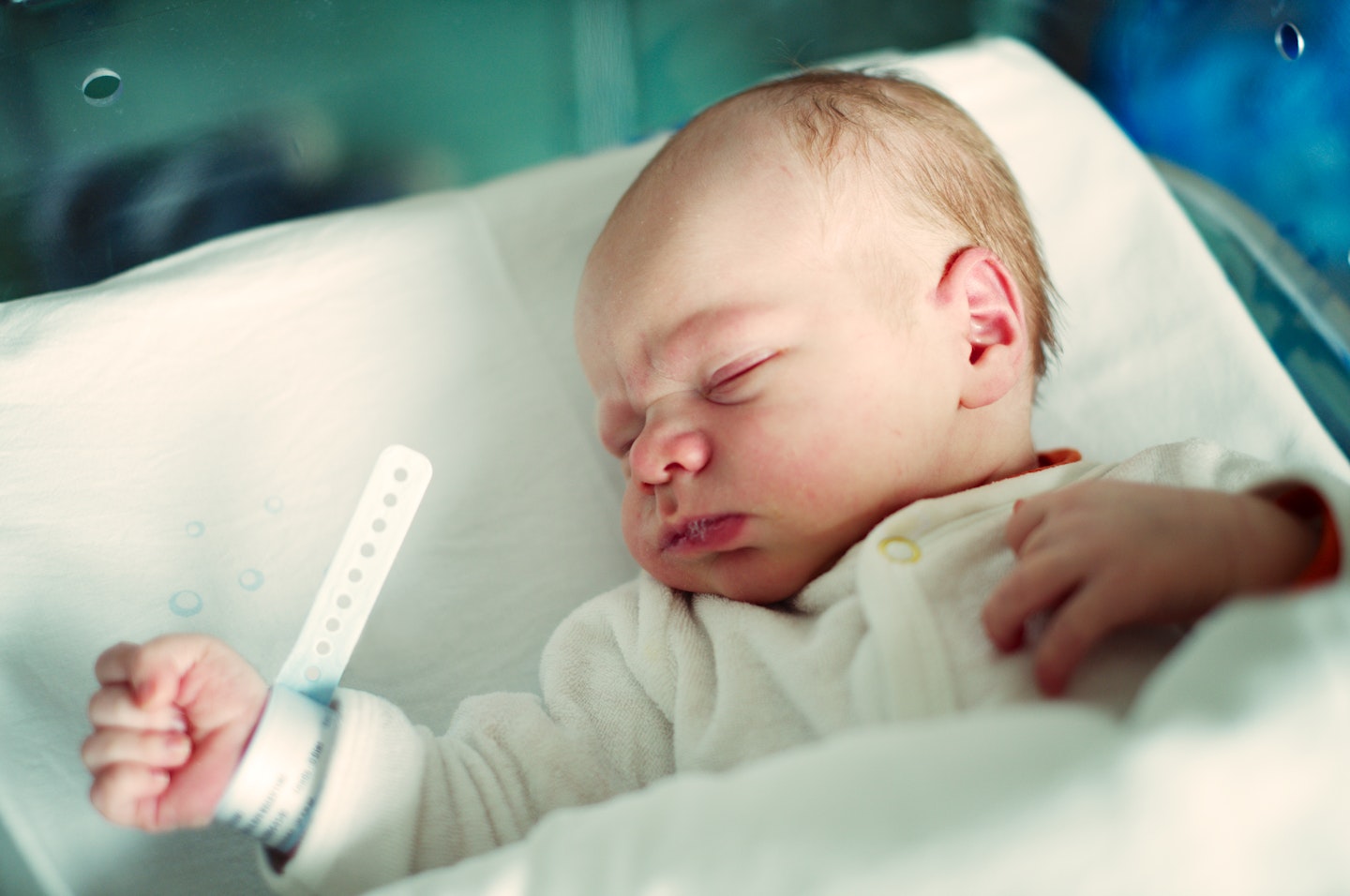 7 of 11
7 of 117) It can be left uncut
It’s called a ‘lotus birth’ when the umbilical cord is left intact, so the baby stays attached to the placenta until the cord naturally drops off (typically after three days). However, the Royal College of Obstetricians & Gynaecologists says this has no benefits and carries a risk of infection.
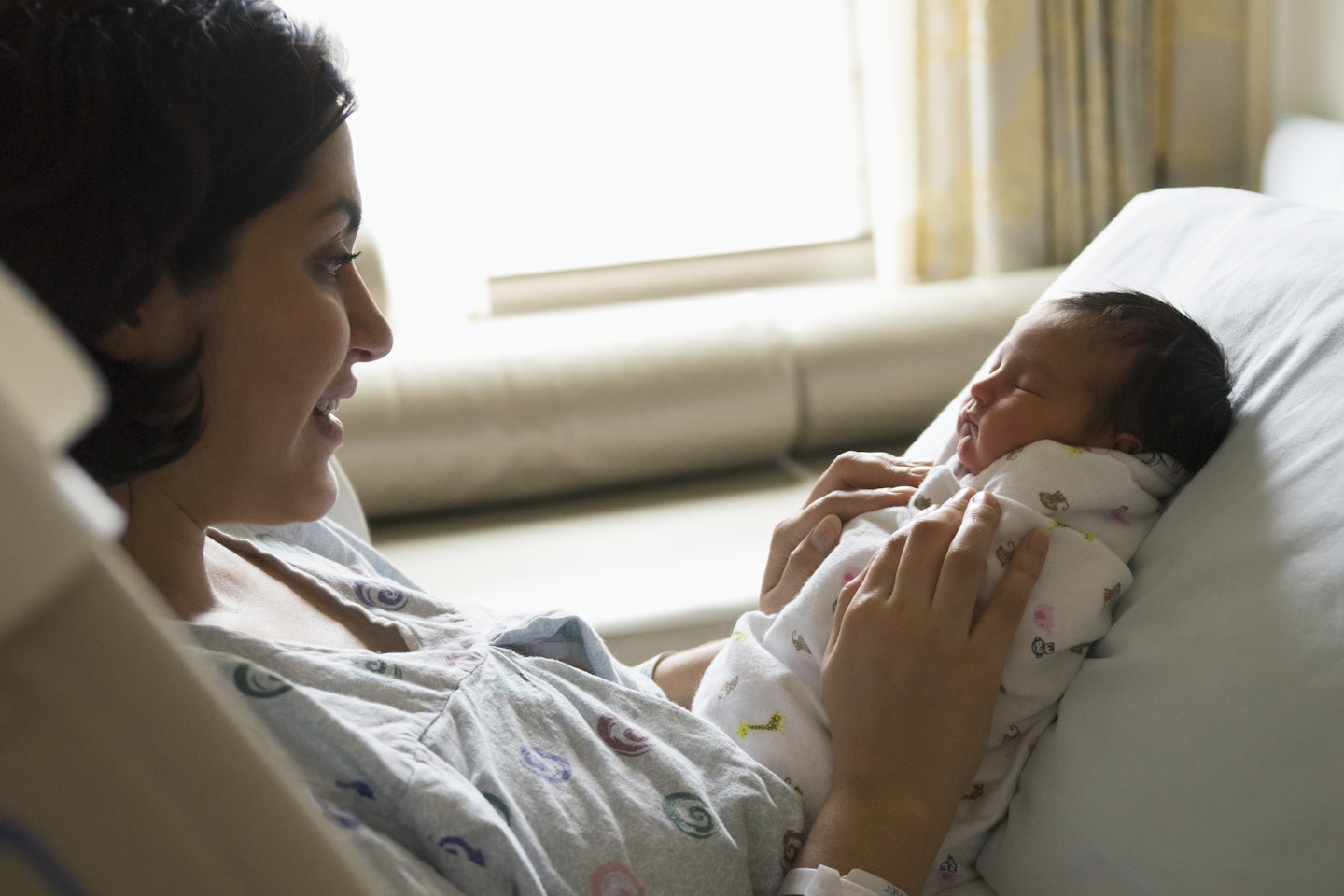 8 of 11
8 of 118) It has no nerves
So, cutting it isn’t painful for you or your baby.
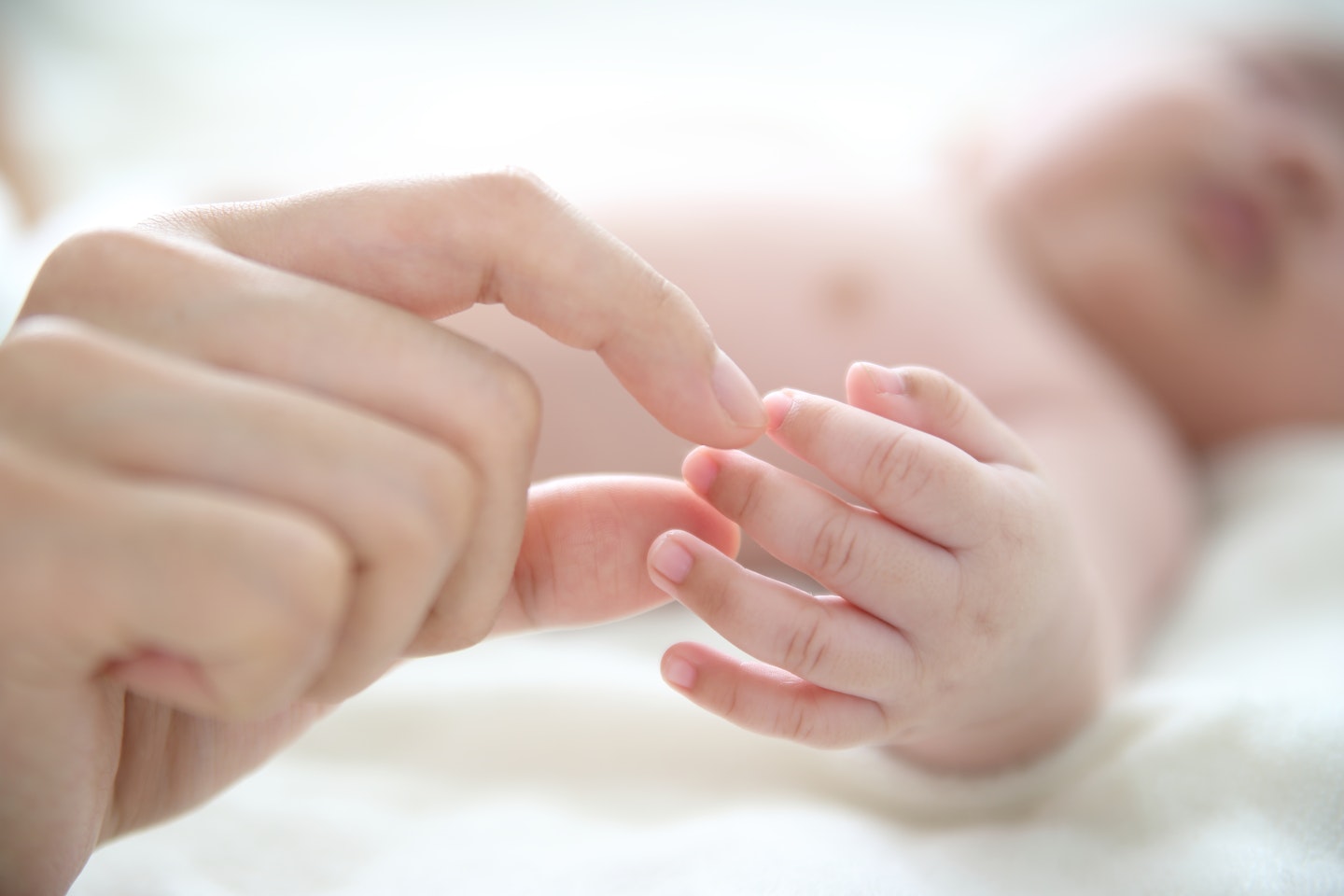 9 of 11
9 of 119) Your blood and the baby’s blood will never mix
Your placenta transfers material from one to the other. All that separates the baby’s and mum’s blood vessels is the tiniest layer, just two-cells thick. It’s even possible for you and your baby to have different blood types.
 10 of 11
10 of 1110) You can’t choose if your baby has an ‘innie’ or an ‘outie’
After the cord is clamped and cut, the midwife attaches a clip 2cm from the baby and trims the remainder. The stub gradually dries and falls off within 15 days. Whether it leaves an ‘innie’ or an ‘outie’ belly button has nothing to do with how it’s been cut.
 11 of 11
11 of 1111) You can donate it
The blood in the umbilical cord is rich in stem cells, which can be used to help cure diseases. You’ll need to fill in a consent form before labour starts. For details, visit preciouscellsmiracle.com. To find out which hospitals currently offer a collection service for the NHS Cord Blood Bank, visit nhsbt.nhs.uk/cordblood
Did you know? Some mums opt for a lotus birth, where the placenta remains attached to baby until it falls away naturally.
